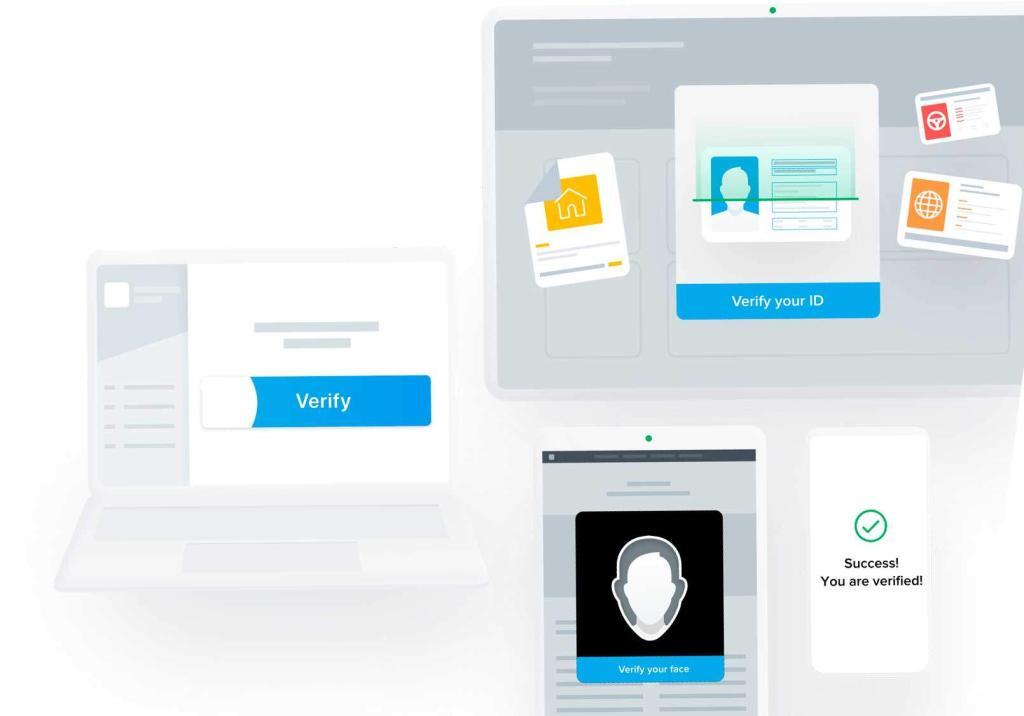One of the simplest mechanisms to validate users is to check their email. By validating your email we have a simple but efficient formula to perform a first screening. In this article you will learn how checking email can help you verify your users.
It is becoming increasingly common for users to contract or request services over the Internet. The main problem with companies is to know if the person hiring the service is who they say they are.
If a lot of data such as an ID photo is requested to request a quote, it is very likely that many users will be lost during the registration process. It is estimated that more than 35% of people who sign up for a service that usesdouble opt-infail to validate their email and therefore become valid registrations.
If the verification methods are too lax or non-existent, it is very likely that users will enter false or invalid addresses in the system or use what are known as “disposable” e-mails (temporary e-mail addresses that are only active for 10 minutes).
If the average cost of capturing a lead is usually more than several euros, it is not surprising that companies are looking for mechanisms to validate users.
Check mail, a simple but effective formula.
Using an email checking service like the one offered by Verificaremails is a simple but highly effective way to find out if an email address is valid. Through an API, a call is made to the service to validate emails.
The best of all is that this check is not done in “background” that is to say while the user fills in the rest of the fields of the form, once he has entered his email address is launched to check mail. The user does not notice anything, only if it is detected that the email address is invalid, an error message is displayed on the screen.
The mail checking service allows you to detect invalid addresses, disposable mails, spam trap mails…
Attached is a list of error codes that verificaremails is able to detect:
| Status | Description |
| ok | Everything is OK. The address is correct and ready to receive e-mails |
| error | The server indicates that delivery has failed, but there is no information about the mail. |
| smtp_error | The SMTP has responded from the server as invalid or the destination server has reported an internal error. |
| smtp_protocol | The destination server has allowed the connection, but the SMTP has closed the session before verifying the mail. |
| unknown_email | The server replied that the message delivery failed and that the email address does not exist. |
| attempt_rejected | The delivery has failed; the reason is similar to that of “rejected”. |
| relay_error | Delivery failed due to relay failure |
| antispam_system | Some kind of spam filter is blocking the verification process. |
| email_disabled | The mail account is suspended, disabled, or limited, and you cannot receive mail. |
| domain_error | There is no mail server for this domain. No mail can be delivered |
| ok_for_all | The mail server responds that it can accept any email address associated with the domain. |
| dead_server | The mail server is dead and no connection can be established. |
| syntax_error | There is a syntactic error in the email address |
| unknown | Mail delivery failed, but no reason was given. |
| accept_all | The server is configured to accept any mail. The domain accepts any associated mail |
| disposable | The mail server is configured to accept mails only for a certain period of time. |
| spam_traps | The email address is maintained by an IPS, which does not select or open emails. |
Validate mobile number
Another important step in validating the identity of users is to validate the cell phone number. By sending an SMS to the cell phone indicated by the user, with a verification code, we can easily know if the cell phone belongs to the user.
Many countries require the presentation of an identity document for the purchase of a SIM, so depending on the country we can know that there is a person behind the verified number.
The main disadvantage of verifying the telephone is that we do not have an economical way to contact users, since the voice or SMS channel has a higher cost than other digital channels such as email.
Facial verification
One of the most effective ways to validate users is to perform facial recognition of the user during the registration process. The user’s image is scanned using a cell phone or computer camera. You are then asked to show some identification document such as ID card or passport. This document is scanned and compared with the captured image. If it matches we have proof of the subject’s identity.
This type of mechanism is used for the contracting of services and replaces systems such as digital signatures or paper documents with the consequent savings. Its main disadvantage is that depending on the service we want to contract, the use of facial verification may constitute a barrier to user registration.
As you can see there are a multitude of identity verification services, all of them with different levels of reliability. Because of its simplicity and versatility, checking mail is the simplest mechanism and is the first filter we should use.
Cell phone verification gives us a mechanism to identify the person and for greater reliability and legal validity, the use of easy verification is an element of proven solvency.
Depending on each situation, one or the other is recommended. If you want to verify your users in a simple way do not hesitate to contact us and ask for our verification APIs and users.



